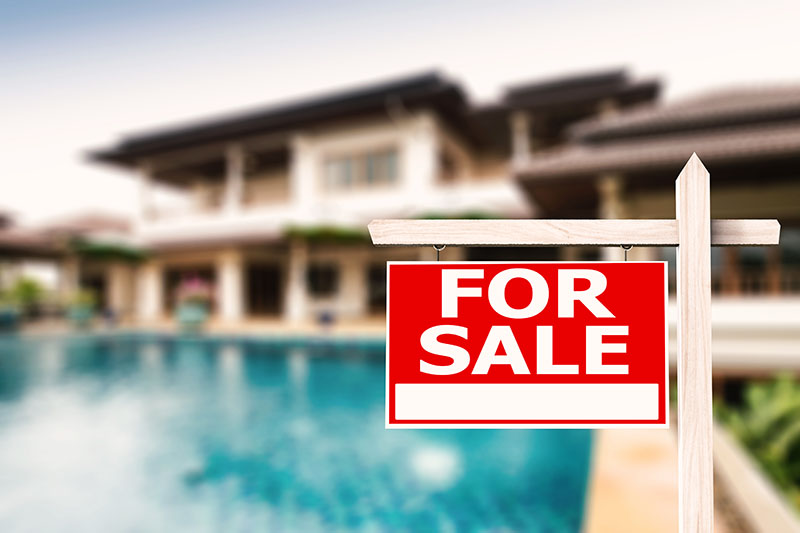Indiana’s housing market saw a small boost recently. Home sales in October were about 4 percent higher than the same time last year. That might not sound huge, but it shows buyers are still active, even with higher mortgage rates and higher prices.
At the same time, new listings also went up. More homeowners are putting their homes on the market, which gives buyers more choices. When both sales and listings climb together, it usually means the market is trying to settle into a more balanced place instead of being one-sided.
The median home price in Indiana was around two hundred seventy thousand dollars in October. Prices went up about 6 percent compared to last year. They stayed the same compared to September, so the price increases are steady, not wild. Homes are taking longer to sell, too. On average, a house sits for about twenty-five days before a buyer makes an offer. Last year it took around twenty-two days. That tells you buyers are being more careful and not rushing the way they did a couple of years ago.
Another big change is inventory. The number of homes for sale has grown. With more supply, buyers don’t feel as squeezed. They can look at more options, compare prices, and negotiate a little harder. Sellers can still get good prices, but the days of “sell in one weekend with twenty offers” aren’t happening the same way.
What This Means for Sellers
If you’re selling, the market is still decent for you. Prices are higher than last year, and demand hasn’t dropped off. But you may have to work a little harder. Buyers are looking at more homes and taking their time. Overpricing your home will probably backfire because people can simply move on to the next listing.
Good photos, clean staging, and realistic pricing make a bigger difference now than they did in the middle of the pandemic boom.
What This Means for Buyers
If you’re buying, the Indiana market is a little more friendly than it was a year or two ago. More listings mean less pressure to grab the first house you see. Homes staying on the market longer means you can negotiate a bit more—maybe ask for repairs, credits, or a price adjustment.
The drawback is affordability. Even though Indiana is known for being cheaper than many states, prices have still climbed. Mortgage rates remain higher than what buyers were used to in the past decade, so the monthly payment is the real challenge.
Still, the increase in supply gives buyers a better chance to find something that fits their budget.
Indiana’s Bigger Housing Picture
Indiana has been a steady market for years. Prices haven’t skyrocketed like places on the West Coast, but they also haven’t fallen much. The state saw strong appreciation over the past few years, and even now, prices continue to rise slowly.
A few things are shaping the market:
- Strong job growth in cities like Indianapolis, Fort Wayne, and Evansville keeps housing demand stable.
- Population growth in certain counties adds pressure on the housing supply.
- New construction is happening, but not fast enough to fully meet demand.
- Higher mortgage rates are slowing some buyers down, but not stopping them completely.
- The interesting part is that Indiana sits in a kind of “middle ground.” It’s not booming, but it’s not struggling either. It’s a stable, predictable market—something many states wish they had right now.
What To Watch Next
Going forward, the direction of the market will depend mostly on interest rates. If rates drop even a little, buyers will come out strong, and prices could climb again. If rates stay the same or rise, the market will probably move at a slower, steadier pace.
Watch these signs:
- How long homes sit on the market
- Whether the number of new listings keeps growing
- Whether price growth stays slow or speeds up
- How many first-time buyers show up again
If homes start selling faster again, that means buyers are gaining confidence. If homes keep sitting longer, it shifts power toward buyers.
Bottom Line
Indiana’s housing market is moving in a healthier direction. Sales are up, listings are up, and prices are rising at a slow, controlled pace. Sellers can still do well, but they don’t hold all the power anymore. Buyers finally have more breathing room, even though affordability is still tough.





